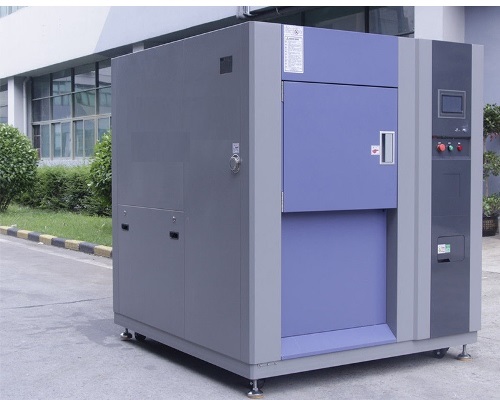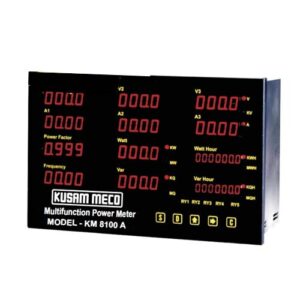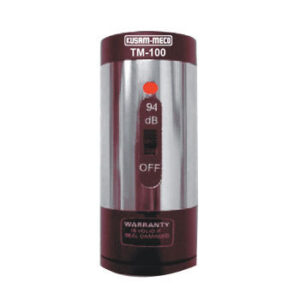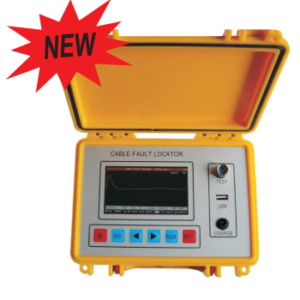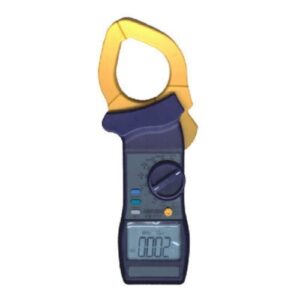Thermal Shock Resistance Test Chamber of Glass Containers
<p class="stock in-stock"></p>
No description
Specifications:-
Temperature uniformity:-±2 ℃
Warranty:-1 Year
Laboratory temperature:– 40 ℃ – 100 ℃
Temperature fluctuation:-±1 ℃
Internal dimensions:-W500 x H300 x D400 mm
Model Number:-D465
Material:-SUS 304 Stainless Steel
External dimensions (approx.):-W1400 x H1800 x D1700 mm
Standard:-ASTM C149
Power:-Electronic
Impact temperature range:– 40℃ ~ 150 ℃
High temperature tank:-4.5 KW
Product Description
ASTM C149 Thermal Shock Resistance Test Chamber of Glass Containers
| Performance: wind cooling type at room temperature ±25℃, no load:- | |
| Impact temperature range | Impact temperature range: – 40 ~ 150 ℃ |
| Temperature setting range of high-temperature cell | + 60℃ ~ + 200℃ The temperature tank is about 35 minutes from high-temperature RT to + 200 rise time of the degrees ℃ (room temperature + 10 ~ + 30℃). |
| The temperature setting range of cryogenic tank | From – 60 ℃ to – 10 ℃ The tank is from RT (room temperature) cooling time of the cryogenic to -60 ℃, (room temperature + 10 ℃ ~ + 30 ℃) which takes about 90 min. |
| Laboratory temperature | – 40 ℃ – 100 ℃ |
| Temperature fluctuation | ±1 ℃ |
| Temperature uniformity | ±2 ℃ |
| Shock recovery time | – 40℃ ~ +100℃ (high and low-temperature shock takes about 3 minutes (no load), isothermal time is more than 30 minutes each). |
Frequently Asked Questions:-
What is the ASTM test method?
ASTM tests petroleum refined products. ASTM fuel, and quality and industry standards, other are petroleum test methods for crude oil worldwide for accepted reliability.
What is the thermal shock resistance of glass?
Glass is versatile but it can be significantly affected by the sudden resultant liquid glass is then blown, the material used around the home, pressed or molded into changes in temperature.
What is ASTM C149?
This test method of the relative that required bottles and jars to in temperature thermal shock withstand sudden changes covers the determined resistance of commercial to apply to all types of glass containers and is intended in service.
How do you prevent thermal shock in glass?
A different approach to reducing thermal shock is taken in glass-ceramic materials like lithium aluminosilicate (LAS) materials. These materials have a proportion with a negative expansion coefficient. In this way, the overall coefficient of expansion can be reduced to nearly zero over a wide temperature range.

